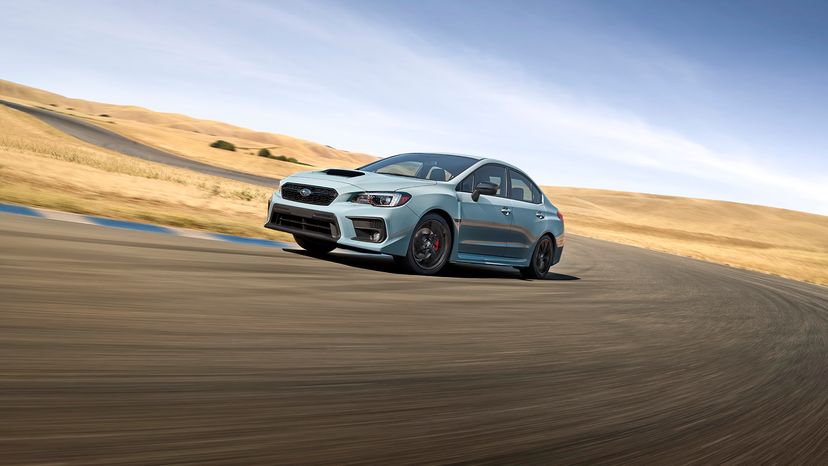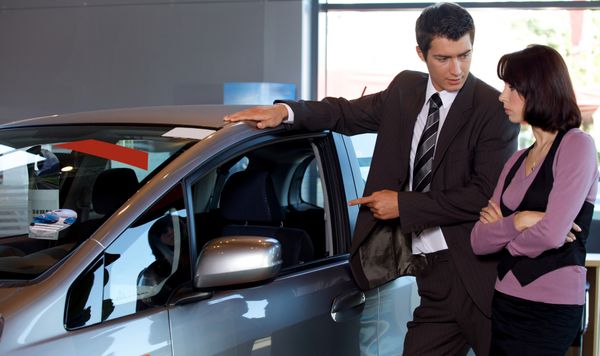
"Drive it like you stole it" is a common and arguably overused phrase to describe the way "real" car enthusiasts think everyone should behave behind the wheel: pushing a car to its limit at every opportunity. And it's tempting, to say the least, to really explore the potential of a brand new car. After all, you've probably been waiting a long time for the chance to call it your own. But cars actually need a "break-in" period before you test them to the max. Here's why.
Breaking in a new vehicle is really about the engine. The break-in — or mechanical run-in — period is designed to begin to wear the engine evenly and smoothly with low, consistent pressure, normal operating temperature and smoothly flowing oil. The goal is to get the engine's piston rings, which expand, contract and flex, to seat properly on the cylinder walls. If there are imperfections in the pistons or the cylinder walls from the manufacturing process, working the engine too hard and too soon can wear down those imperfections too quickly. That leads to "hot spots" within the engine's cylinders, which can cause problems in the years to come.
Advertisement
Most drivers have no idea what's going on inside their car's engine at any given time or, more to the point, how their behavior behind the wheel affects it. Rest assured that proper, manufacturer-recommended break-in procedure is designed to enable the engine to do what it needs to do. The benefits, according to CNET, are better fuel economy, better performance, less chance of burning or leaking oil and overall longer engine life.

